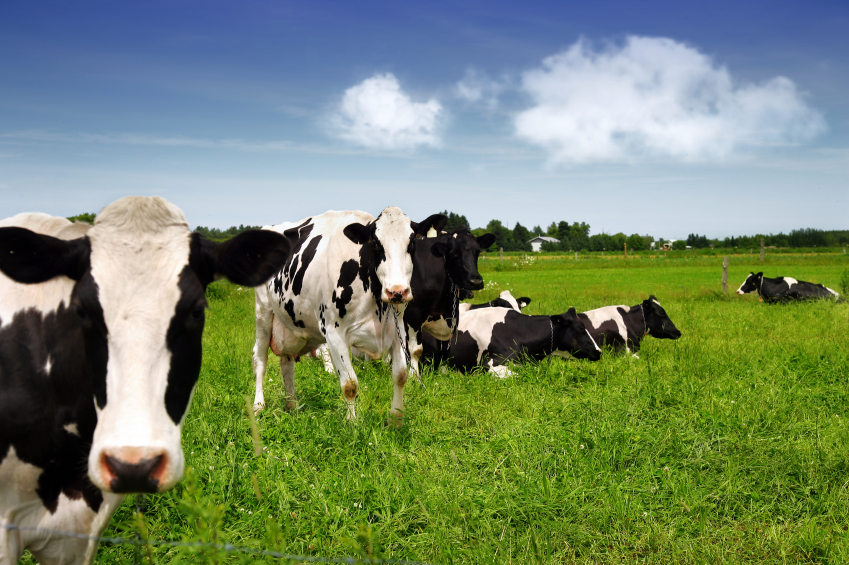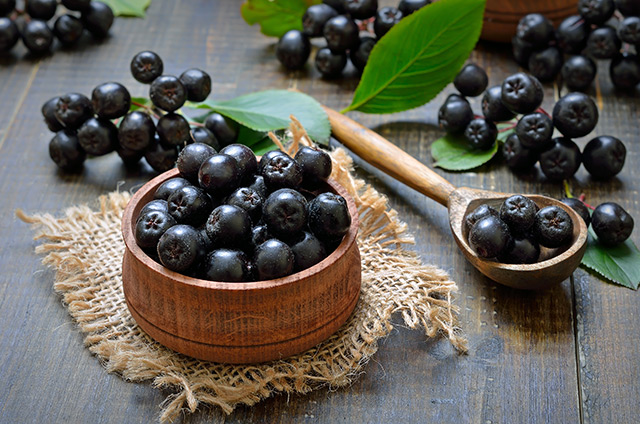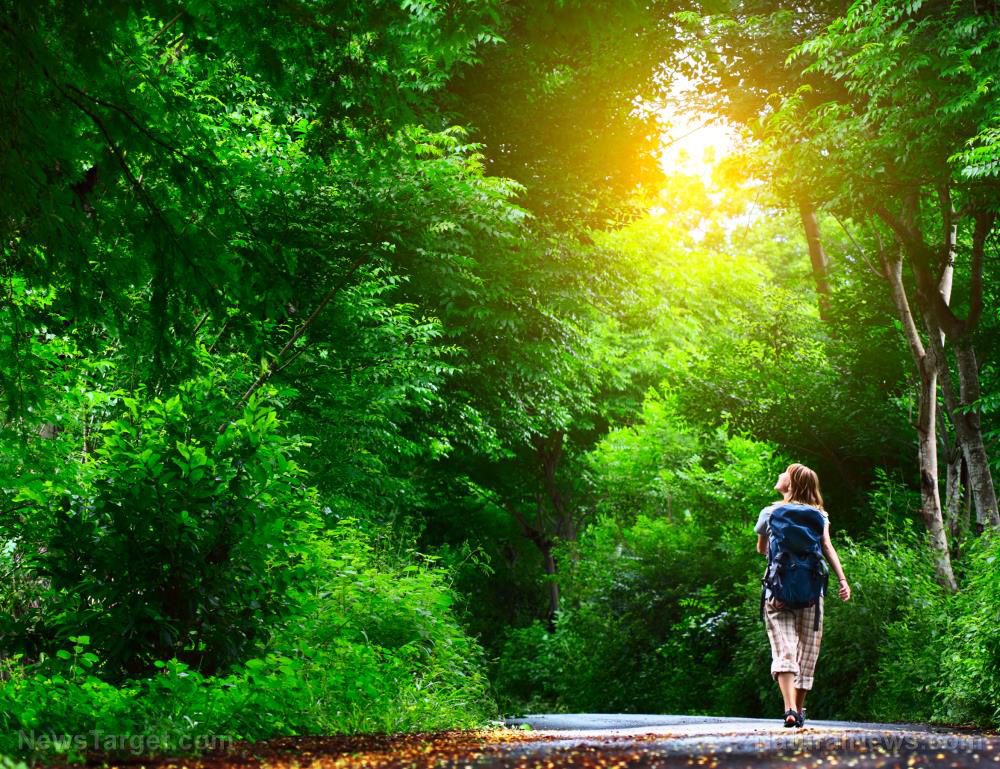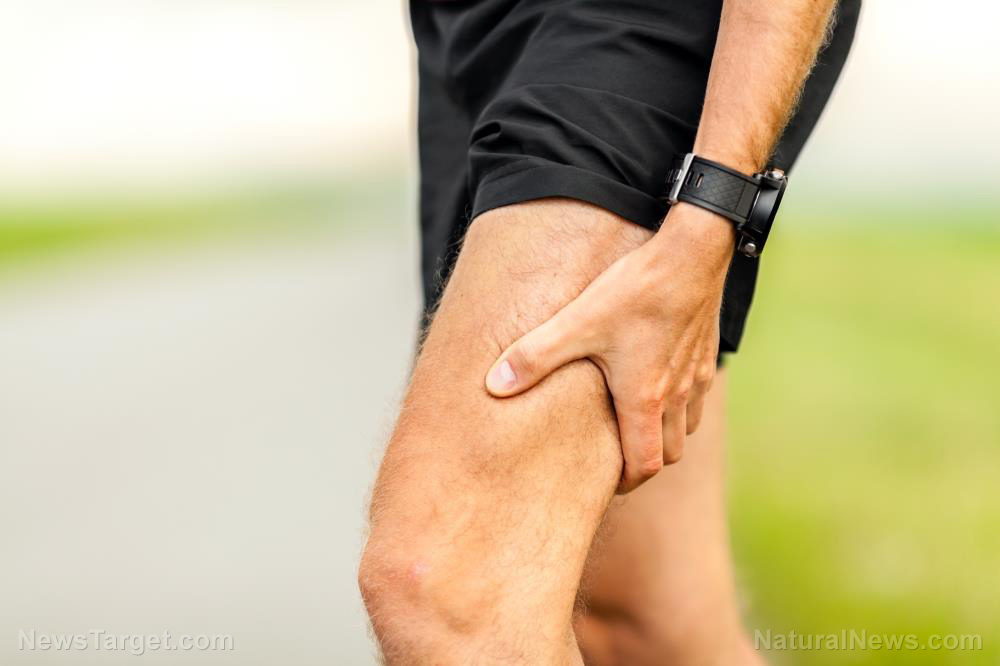Restoring a more biodiverse ecosystem helps promote “good” bacteria, which can improve human health: Study
11/15/2019 / By Cassie B.

Unless you’re a gardener or farmer, you probably don’t give soil much thought. You know it’s there, but you don’t think it affects you very much – unless you get it on your shoes and track it into the house. However, soil is the foundation for life, whether you realize it or not. It sets the food chain in motion and sustains it, helping plants to create nutrients and defending them from harm.
In fact, soil is the host of 25 percent of the biodiversity on our planet, housing billions of earthworms, bacterium, fungi, and insects, and protecting its health could have a huge impact on human health and well-being.
Scientists from the University of Adelaide revealed in a recent study how land and soil with low biodiversity harbors a greater number of opportunistic bacteria. The opposite is also true, with more diverse ecosystems favoring specialist and stable bacteria.
They reached their conclusion after analyzing soil bacterial communities across a restoration site that featured a progression of different environments ranging from degraded and cleared land to a natural and biodiverse reference ecosystem. They compared the results to data taken from more than 200 samples throughout Australia that were either disturbed or natural.
What they discovered was a very consistent pattern in the proportion of opportunistic bacteria versus the stable varieties. The degraded landscapes had what they termed a “potential pathogenic character” with lots of bacterial communities related to those that cause diseases, such as Enterobacter, Bacillus, Legionella and Clostridium.
The good news is that restoring to an ecosystem with greater biodiversity could transform the bacteria’s composition into one that can boost immunity.
The study’s lead author, Craig Liddicoat, commented: “There is a growing body of evidence associating human health with green space around people’s homes, and environmental microbes provide a likely connection between a healthy ecosystem and human health.”
Senior author Professor Phil Weinstein pointed out that their work shows the potential to decrease airborne pathogens by making city environments more biodiverse and natural. He added that having more opportunistic bacteria in the environment can expose people to more airborne pathogens and lead to higher infection rates.
Their findings were published in the journal Environmental International.
Plenty of evidence illustrating impact of biodiversity on human health
The study is supported by recent research in mice showing that exposure to biodiverse soil can improve mental health. In that study, which was also led by Liddicoat, exposure to biodiverse soil was shown to change mice’s gut microbiota in ways that reduced their anxiety. He stated that more biodiverse urban green spaces that expose people to the right microbes have the potential to improve public health. That study was published in Science of the Total Environment.
Here’s a rundown of other evidence supporting these ideas:
– One recent study found that growing up in green areas could lower a person’s overall risk of developing mental health problems by 55 percent.
-Another study showed that living near green spaces with lots of trees can reduce the risk of dying from cardiovascular conditions as well as overall death.
-A different study involving more than 20,000 people showed that spending just two hours in nature per week greatly benefits human physical and psychological well-being. It didn’t matter whether the exposure took place all at once or was broken down into shorter trips.
It’s clear that the physical and mental health problems we’re facing today can be traced back to damage to our environment, at least to some extent. How much could human health be improved by taking steps to boost biodiversity, especially in urban areas?
Sources for this article include:
Submit a correction >>
Tagged Under:
bacteria, biodiversity, ecology, environment, food supply, green spaces, longevity, mental health, mind body science, nature, soil, soil health
This article may contain statements that reflect the opinion of the author
RECENT NEWS & ARTICLES
LongevityScienceNews.com is a fact-based public education website published by Longevity Science News Features, LLC.
All content copyright © 2018 by Longevity Science News Features, LLC.
Contact Us with Tips or Corrections
All trademarks, registered trademarks and servicemarks mentioned on this site are the property of their respective owners.




















